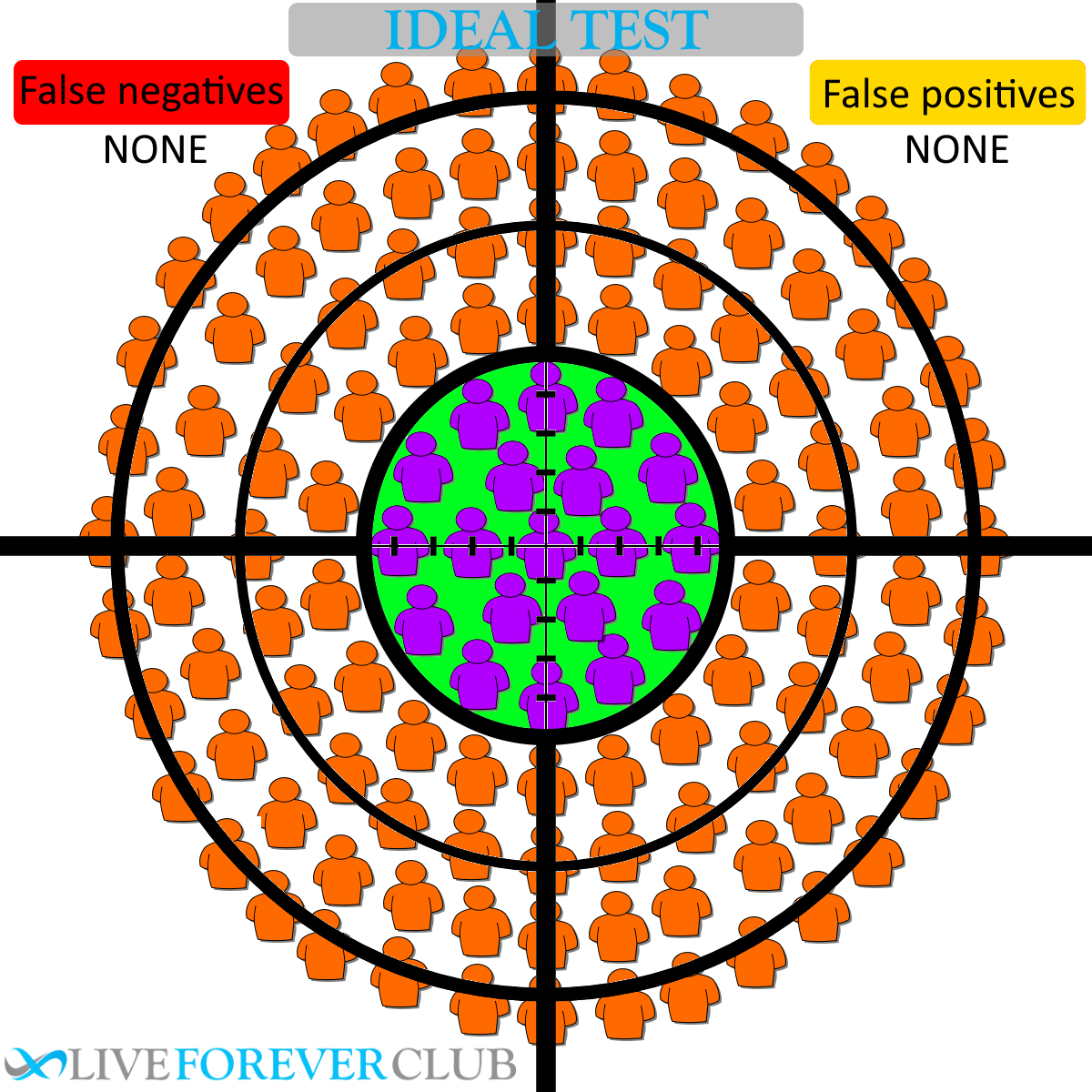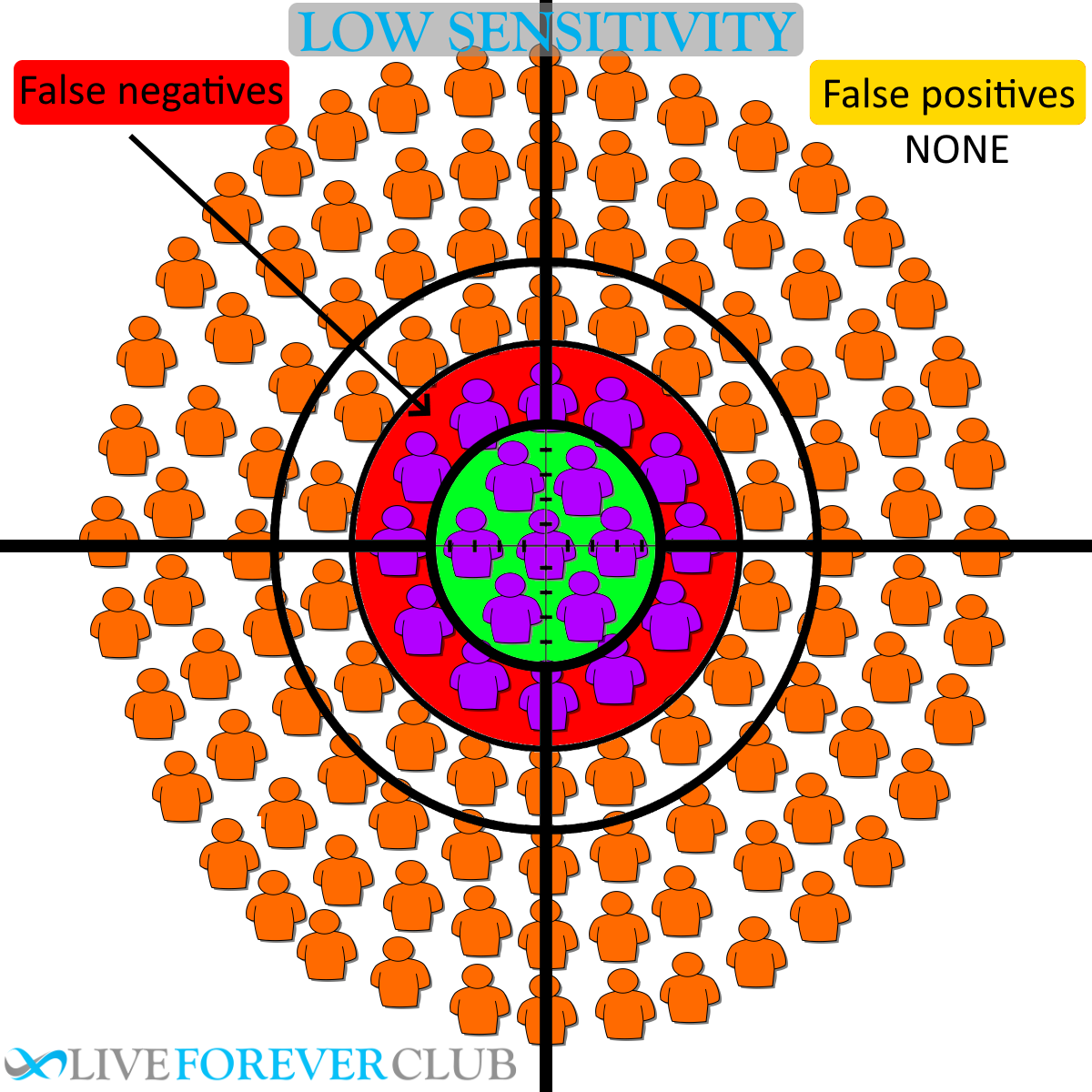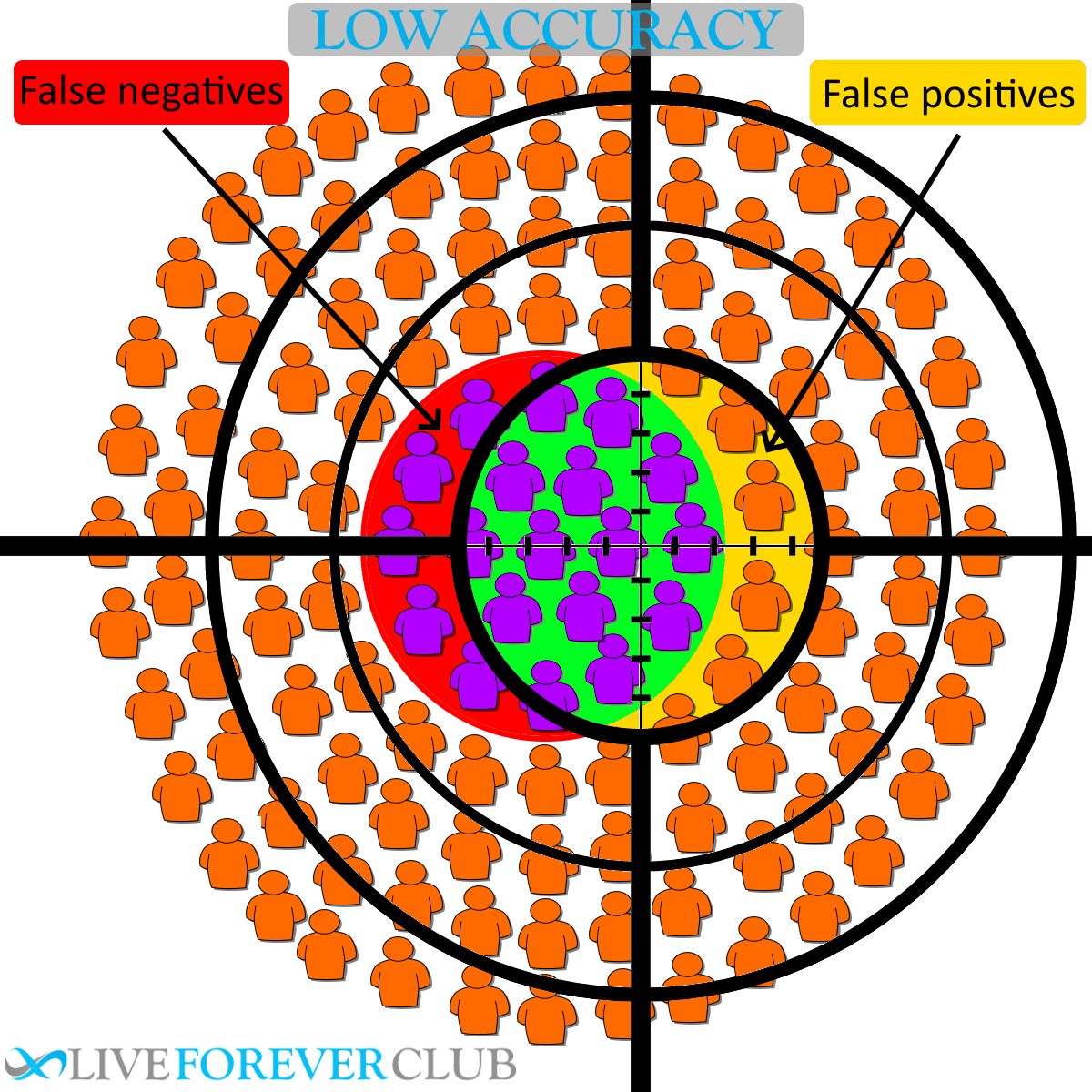Neko Health body scan experience
I visited Neko Health’s new London clinic – what was it like?
Join the club for FREE to access the whole archive and other member benefits.
Coronavirus testing is in the news every day – so do you know what different types of tests there, how they work, and what they mean?
Here we look at the types of coronavirus tests available – both in what they look for, and how they are performed:
Both tests are looking for signs of coronavirus infection, but the difference is whether you currently have the disease or not.
Viral tests identify individuals currently infected with SARS-CoV-2 (the virus that causes the COVID-19 disease).
Antibody tests identify individuals previously infected with SARS-CoV-2.
Before we look at the difference between all the tests, let’s think about what happens in the body.
A key thing to remember is that, unlike bacteria, viruses cannot replicate on their own – they don’t contain the biological machinery to convert their genetic code into more copies of themselves. Viruses are tiny, even compared to bacteria, and must get into the cells of another organism (the “host”) and use its ribosomes and enzymes to translate its DNA or RNA into hundreds of new virions (virus particles).
When infected by a virus that the body hasn’t seen before, it takes a few days for the body to build up an army to defend against it. During that time, it is the innate immune system that holds the fort – firstly, with infected cells releasing signalling proteins called interferons that warn other nearby cells (which then produce antiviral proteins in readiness), and secondly, with natural killer cells that kill infected cells.
Once the adaptive immune system is primed, more efficient cytotoxic T lymphocytes (that recognise the specific virus) destroy infected cells, preventing it spreading further. In addition, B lymphocytes secrete antibodies that bind (stick) to viruses located outside of cells, preventing them being taken into them. Antibodies also bind to phagocytes triggering it, along with the virus it is attached to, to be engulfed and destroyed.
An antigen is a molecular structure, in this case parts of the virus, that the body recognizes and locks onto with antibodies.
Different types of COVID tests use different types of samples – so what are they?
blood sample - this can either be a venous blood draw (a nurse, or phlebotomist, taking blood from your arm with a syringe) or a finger prick – though even a finger prick might need 5-10 drops to fill up the sample container.
nasal swab – possibly the easiest way to take a sample is from the nose. This involves wiping a swab stick around the inside of both nostrils.
nasopharyngeal swab – this isn’t just a formal name for a nasal swab. The nasopharynx is the top part of the throat behind the nose – so for this test the swab needs to go into the nose about the distance between the nose and the ear.
saliva – requires about two millimetres of saliva to be collected into a sample pot.
throat swab – taking a sample on a swab stick from the very back of your throat – behind the arch and around the tonsils.
The NHS self-swabbing kit takes a combined throat and nasal sample using a single swab stick.
Also called viral load or diagnostic tests, viral tests examine samples to see whether the virus is currently present in the body. Viral tests do not detect if you’ve had coronavirus in the past – only if you have virus replicating in your body at the time of the test.
Two main tests are available for diagnosing current Covid-19 infections – PCR tests and antigen tests.
PCR tests (short for polymerase chain reaction) are molecular tests that detect the genetic material of the virus rather than the structure of the virus itself. It can detect low viral RNA levels in the sample and, hence, is the gold-standard test for COVID diagnosis. A nasopharyngeal, nasal or throat swab is usually used for this test, though some tests use saliva samples.
The PCR test is highly sensitive, meaning it rarely produces false negative results, however it is expensive and typically takes two days to determine the result.
Antigen tests detect specific proteins produced by viral particles, called antigens, by using a nasal or nasopharyngeal swab sample.
Compared to PCR, rapid antigen tests are cheaper and give quick results. But, due to the test's low sensitivity, it can lead to false negatives. For example, as part of monitoring Liverpool’s asymptomatic mass testing it was found that half of the people who did have coronavirus received a negative result, which could provide false reassurance.
As the name suggests, antibody tests detect the presence of antibodies which are disease-specific proteins developed by the body as an immune response against infection.
There are two main types of antibody tests – immunoassays and lateral flow. Though new tests are being developed all the time, such as a new biolayer interferometry immunosorbent assay (BLI-ISA) test, which provides advantages of ELISA in just 20 minutes.
Lab-based immunoassay tests are the most frequently used. These are based on a technique called enzyme-linked immunosorbent assay (ELISA) or chemiluminescence immunoassays (CLIA). Blood, plasma or serum samples are placed onto a plate containing viral protein, and then identified for protein-antibody complexes by introducing a fluorescent compound.
This method shows the quantitative measure (a count) of antibodies and produces results within a few hours.
For faster results, without expensive laboratory equipment, the rapid antibody test can be used. A few drops of blood from a simple finger prick are placed on the device which looks similar to a pregnancy test kit. Blood flows through a strip of viral proteins, and the antibodies in the blood, if present, get attached to the proteins, displaying a coloured line.
This test completes within 30 minutes but only provides a positive or negative result without a quantitative measure on antibodies.
Testing for a virus is not as simple as measuring your blood pressure or temperature. Making sure you find everyone who has the virus, or antibodies, is hard enough, but on top of that it’s important not to accidentally report that someone who has very similar biological structures (other viruses and antibodies) in their system, but not the target ones, is positive.
The accuracy of individual manufacturer’s tests can be found on the FDA site.
You’ll see both of these terms when looking at the accuracy of coronavirus antibody tests, so what is the difference between sensitivity and specificity?
Sensitivity = is the test sensitive enough to spot every case?
Specificity = is the test specific enough that it doesn’t spot things which aren’t being tested for?
To better understand the difference, let’s assume we’ve got a crowd of people, some of which have coronavirus (or its antibodies, depending on the type of test) – these people are the purple ones – and others that don’t, those are the oranges ones in the diagram.
The perfect test will declare that all of the purple people as positive (have coronavirus) and everyone else as negative (do not have coronavirus).

This perfect test has 100% sensitivity, and 100% specificity.
A test with low sensitivity will not spot all of the purple people – this means it will report some false negatives. False negatives are when someone is told they don’t have coronavirus (or its antibodies) when they really do.

Sensitivity is independent of specificity, as in the diagram above you can see that it doesn’t accidentally spot anyone else, so still has 100% specificity.
Conversely, a test could have less than 100% specificity, but still have 100% sensitivity. The diagram below illustrates a low specificity test that is finding everyone with coronavirus, but also some people outside of the target – these are false positives. False positives are when someone is told they have coronavirus but don’t really.

And of course, some tests aren’t 100% accurate for either sensitivity or specificity, which means some subjects receive false positives and others false negatives.

The impact of false results can be serious as people may act as if the result is 100% accurate. Being told you have coronavirus when you don’t (false positive) means you would self-isolate unnecessarily – no medical harm but a definite economic impact on the individual. However, a false positive on an antibody test might give you the impression you have already had the disease which might (unwisely) result in the subject taking riskier behaviour believing they have some level of immunity.
As with everything to do with coronavirus, our understanding of what the test results mean is limited and research is ongoing – to be fair, we hadn’t even heard of the virus barely more than a year ago so it’s amazing that we can already test for it and vaccinate against it… bring on exponential growth in medical technology :)
Positive viral test result: indicates that you are currently infected and able to spread the virus. If you are currently asymptotic (i.e. not showing any symptoms) then you can still pass on the disease, and you may still develop the symptoms in future.
Government advice varies slightly on durations, but you and your household should self-isolate immediately. If you took a lateral flow test (rapid swab) then the NHS recommends getting a PCR test to confirm the result.
Negative viral test result: indicates that you are NOT currently infected, or at least that no virus was detected. If you were only very recently infected then there may not be enough virus to be detected yet. A negative result does not let you know whether you have previously been infected.
Typically the first type of antibody to be produced by white blood cells, after coming into contact with an antigen, are IgM antibodies – and then later they switch to producing IgG antibodies. However, with coronavirus, IgM and IgG antibodies seem to get produced at around the same time, and most tests just look for IgG versions. Importantly, levels of both of these antibodies are only reliable after 2 to 3 weeks – so an antibody test will not pick up if you have had the disease very recently.
The US Centers for Disease Control and Prevention (CDC) has warned that some people never develop detectable antibodies following infection. These people do show a T-cell response to coronavirus but what level of immune protection they have from the disease, one of the main reasons for taking the test, is yet to be established.
Positive antibody test result: indicates a past infection with the COVID-19 virus.
This does not mean that you are immune to coronavirus. Although two studies published in Science Immunology reported that immunity from developed antibodies lasts longer for more than 3 months, and recent evidence suggests that T cell memory (which helps to fight future COVID-19 infections) lasts six to nine months post-infection there have been some suspected incidences of reinfection.
The CDC suggests that symptom-free individuals with a positive antibody test cannot spread the virus to others – however this is disputed and should not be relied upon. For now, wear a mask, and keep your distance.
Negative antibody test result: indicates no infection in the past or you may still be in the early infection phase.
Immune responses to viruses – British Society for Immunology
How does the human body fight a viral infection? – Open University
Test for Past Infection - Centers for Disease Control and Prevention
Covid-19 antibody tests: a briefing - The BMJ
EUA Authorized Serology Test Performance - FDA
Why the accuracy of SARS-CoV-2 Antibody Tests Varies so much - The Scientist
Coronavirus Disease 2019 Testing Basics - FDA
Persistence and decay of human antibody responses to the receptor binding domain of SARS-CoV-2 spike protein in COVID-19 patients - Science Immunology
Click on resource name for more details.
National public health institute of the United States
How To Boost Your Immune System
Have you had coronavirus? UK COVID-19 antibody tests from £65
I visited Neko Health’s new London clinic – what was it like?
Comparison of UK mail and clinic tests, plus a review of the Medichecks test
Interesting thoughts from an international panel of futurists
Tracking UK COVID-19 deaths to see when the peak is passed
Fever is a key symptom of covid-19 – what is it, and how to spot its onset? Includes free Excel template to track and chart your temperature.